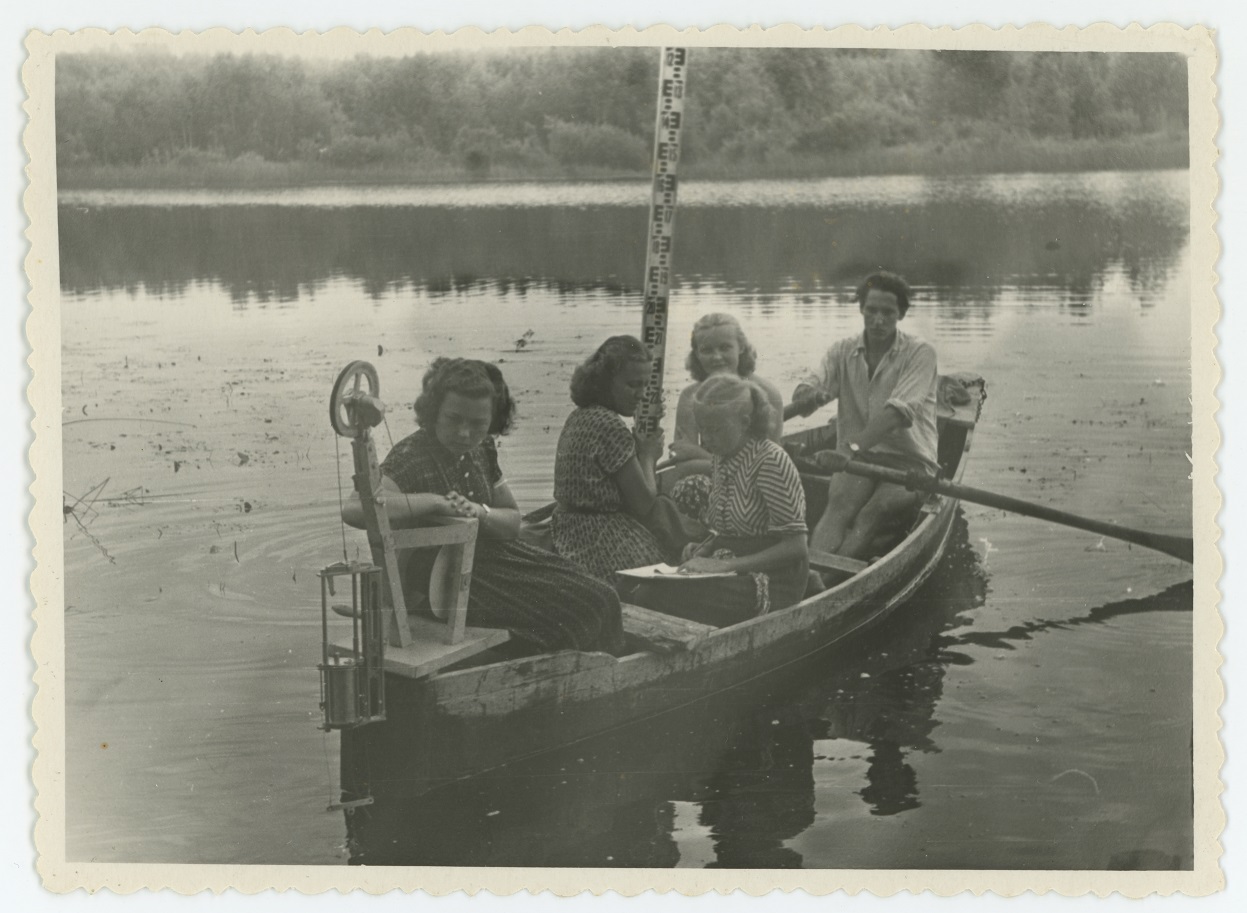Tartu Ülikooli raamatukogule tellitud kipsvalandid Tartu Ülikooli muuseumi kogus
Plaster casts ordered for the University of Tartu Library in the collection of the University of Tartu Museum
DOI:
https://doi.org/10.15157/tyak.v46i0.14609Abstract
Nowadays, a large part of the objects related to teaching and research
acquired for the University of Tartu in the past couple of centuries
are located in the museums of the university. The University of
Tartu Museum also preserves the plaster casts ordered in 1805 for
decorating the University of Tartu Library.
Exhibiting sculptures at the library was far from being a new
idea. It is likely that there were libraries at ancient Greek temples,
where sculptures were also displayed. In the Western world, the tradition
of decorating libraries came to a halt when churches started to
dominate as public buildings. Ancient sculptures were considered to
be pagan and not suitable for the libraries of monasteries, churches
and universities that mostly contained books on religion and philosophy.
Inventing the printing press in the 15th century broke the
bond between libraries and religious institutions. In the 18th century
when the library became one of the symbols of the culture of the Enlightenment,
ancient portrait sculptures again found their place in the
interior of the library. The canon then also expanded to encompass
contemporary great figures who were put on the pedestal similarly
to their ancient predecessors. In the 19th century, the libraries of universities
also started to thrive, as in addition to being a place for sharing
knowledge, the creation of new knowledge became important.
The University of Tartu was reopened in 1802, and in 1803, the
architect of the university Johann Wilhelm Krause (1757–1828) prepared
the initial sketches for rebuilding the Dome Church into a library.
Already during the construction period, the decision was made
to decorate the library’s halls with plaster casts to create an environment
inspiring learning and research. In 1805, the director of the library
Johann Karl Simon Morgenstern (1770–1852) ordered suitable
casts from the Academy of Arts in Saint Petersburg. The statue of
Athena and the plaster busts of writers, statesmen and philosophers
(Homer, Euripides, Socrates, Plato, Demosthenes, Sophocles, Herodotus,
Theocritus, Horace, Cicero, Virgil, Marcus Aurelius, Isaac
Newton and Voltaire) were placed in a hall on the third floor; Apollo
Musagetes and nine muses were situated in a hall on the second
floor. The interior design of the University of Tartu Library together
with its sculptures was intended to create an excellent atmosphere
for studying with its harmonious alcoves in the connecting galleries
and the books placed there.
The original ancient marble sculptures of the muses, Athena,
Apollo and some other busts that Morgenstern ordered are situated
in the Vatican in the Pio Clementino Museum in the Hall of the Muses
that was opened in 1784. The sculptures there were unearthed at
Villa di Cassio near Tivoli during Pope Pius VI’s reign in the 1770s.
In addition to the muses and the sculptures of Apollo and Athena,
more than 30 herms and busts of famous men from ancient Greece
were found (today, 21 have been preserved). These are likely to have
been combined into a gallery of “talking” portraits at Villa di Cassio
similarly to that of the Villa dei Papiri situated in the Herculaneum.
The great men standing there, forming a gallery, were chosen to represent
the Greek culture and learning and they were seemingly talking
to the viewers. Their teachings could be consulted on the spot,
if necessary. It was strived to create an analogous milieu at the University
of Tartu Library.
The set of sculptures ordered for Tartu in 1805 was impressive
and thoroughly thought through. The order was placed at Saint Petersburg
since it was the closest place to Tartu where it was possible
to get casts copied from the original sculptures. Transporting the
casts was especially complicated and risky due to their weight and
easily breakable material.
The plaster casts acquired for the interior design of the library are
probably the first made after ancient sculptures at the University of
Tartu. Later, sculpture casts were also bought for the university’s
drawing school and art museum.

